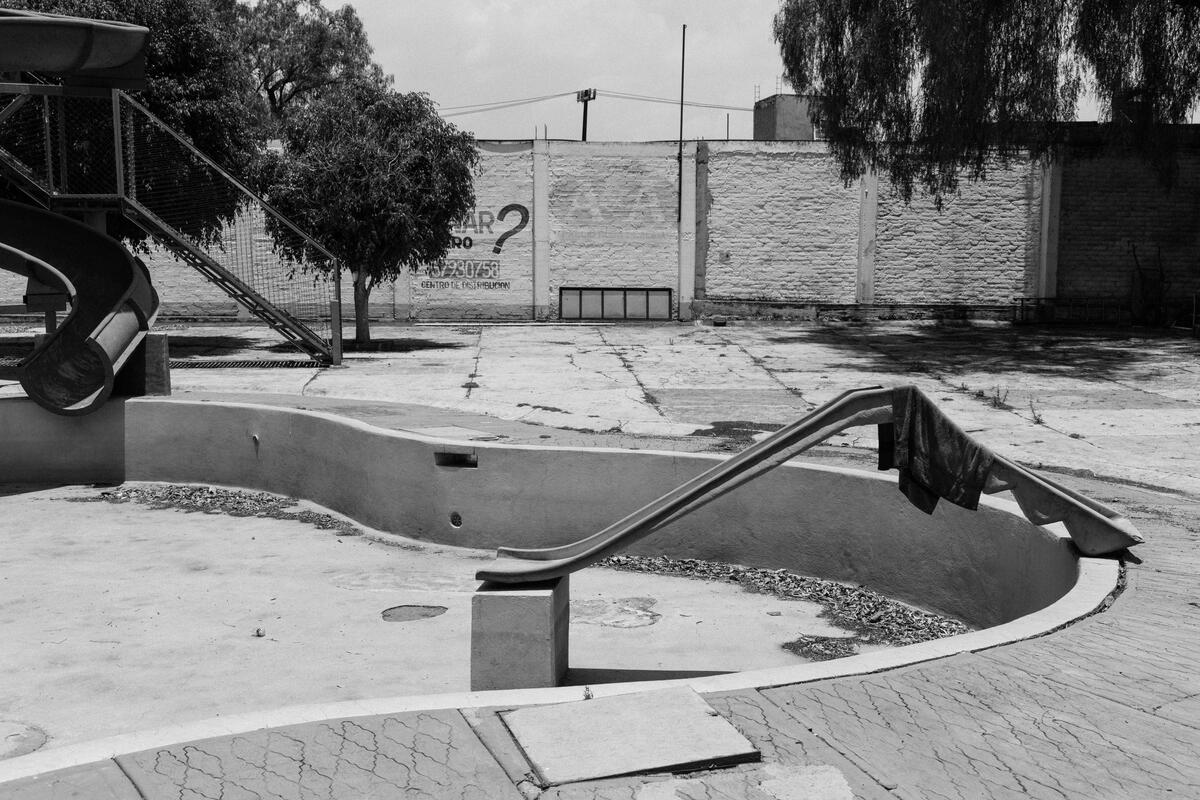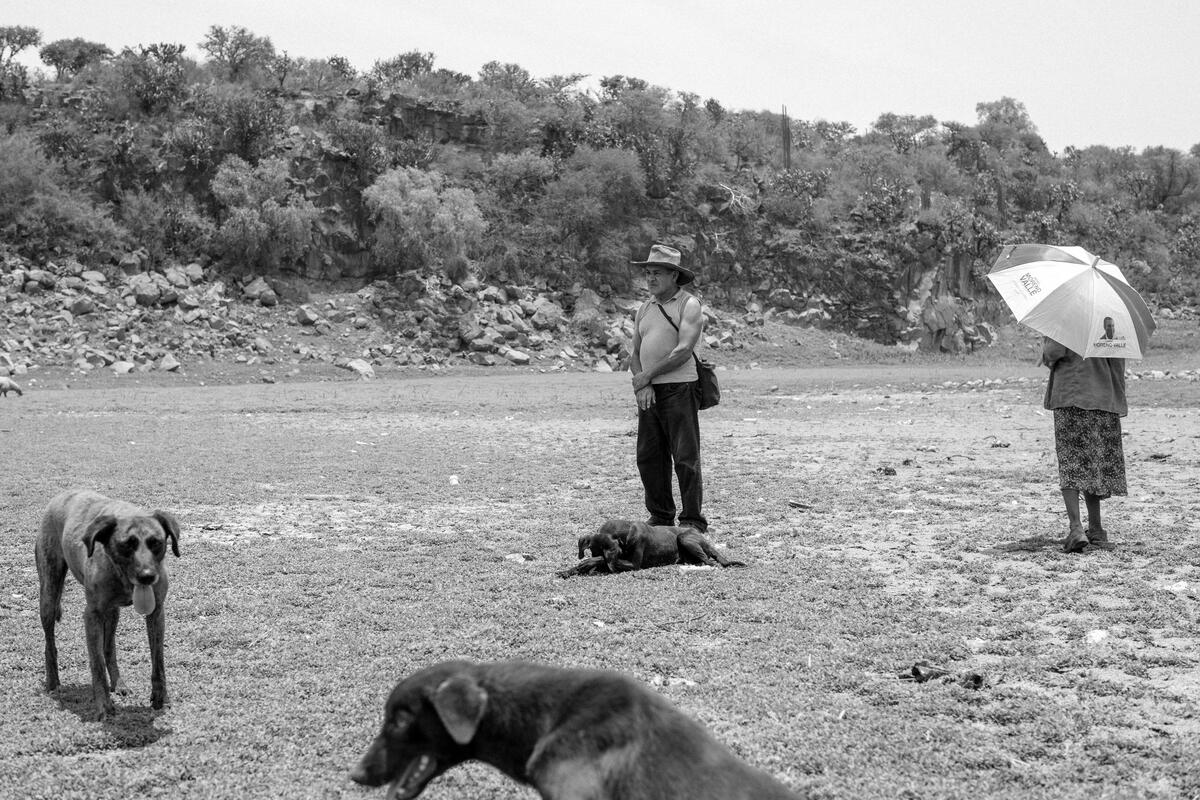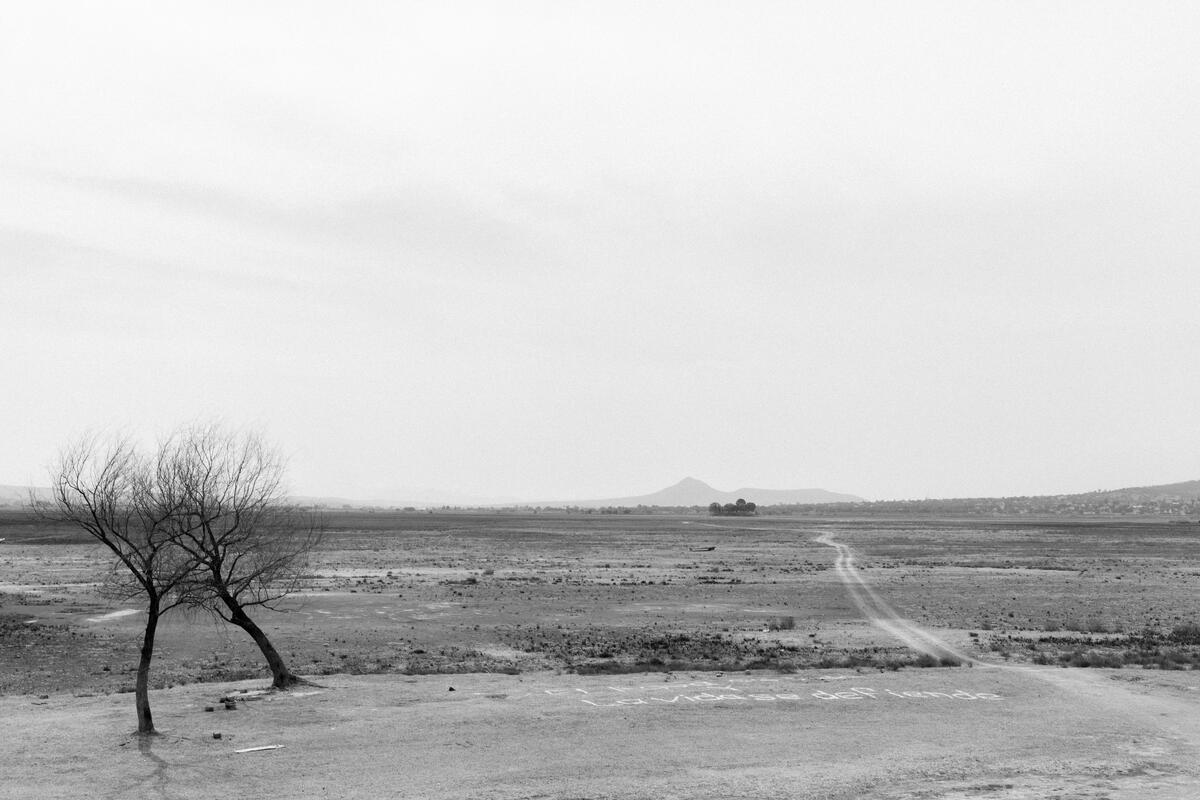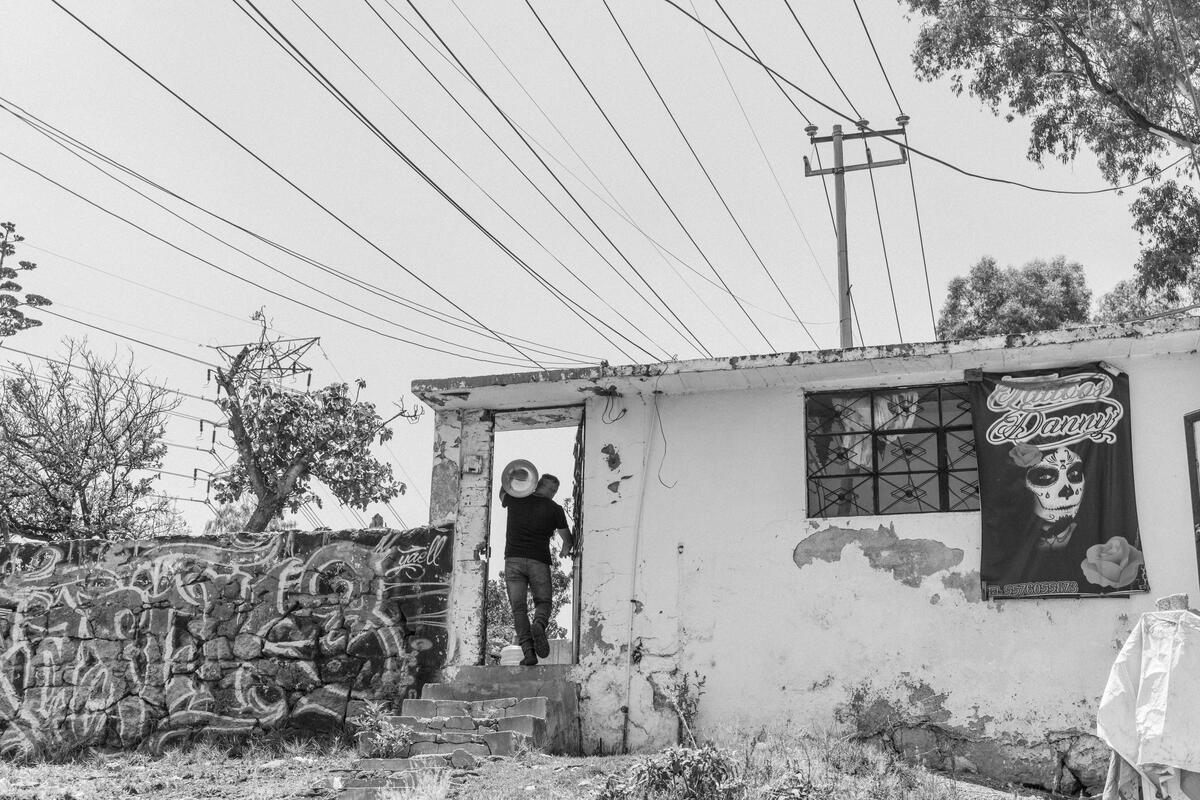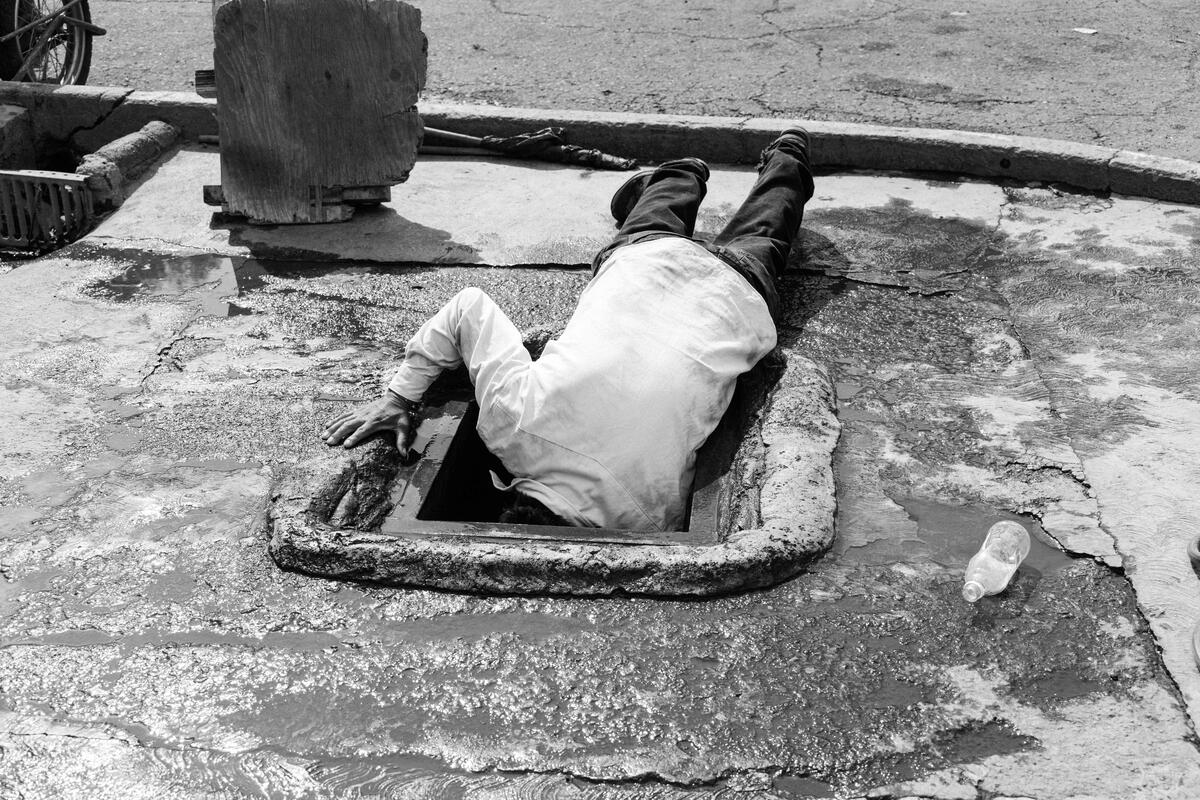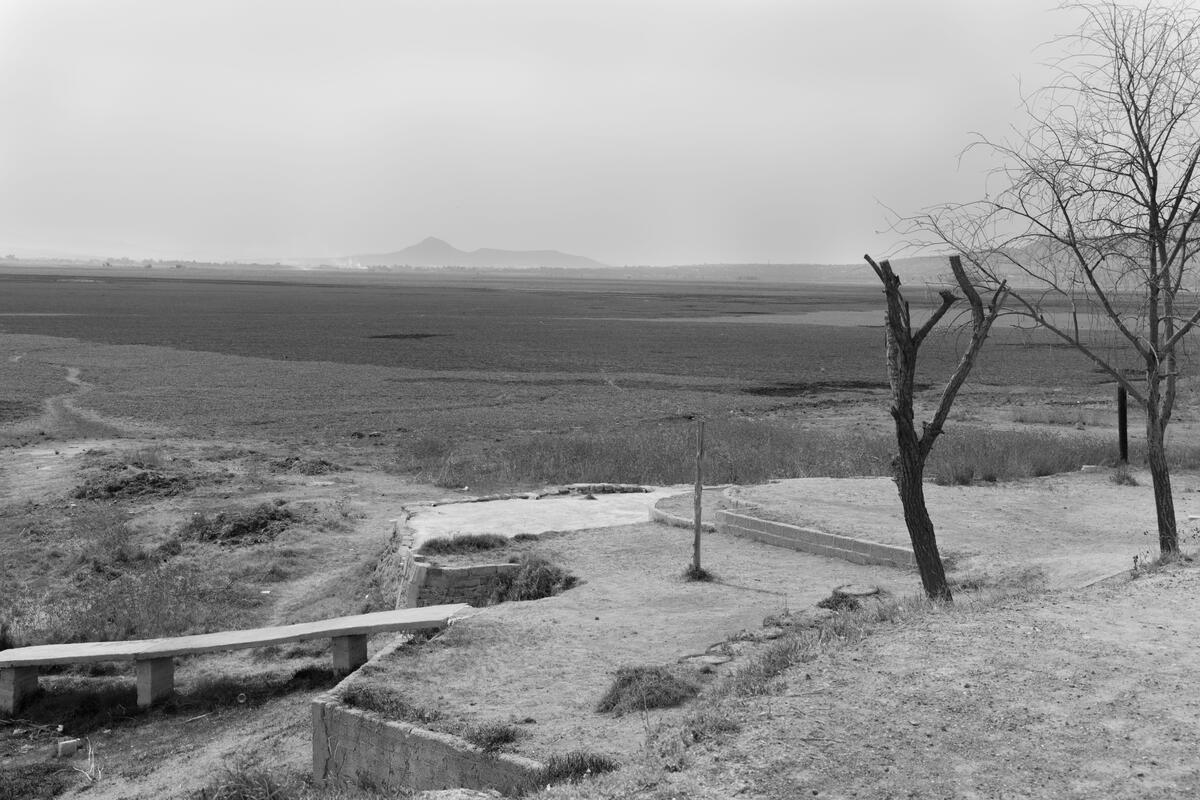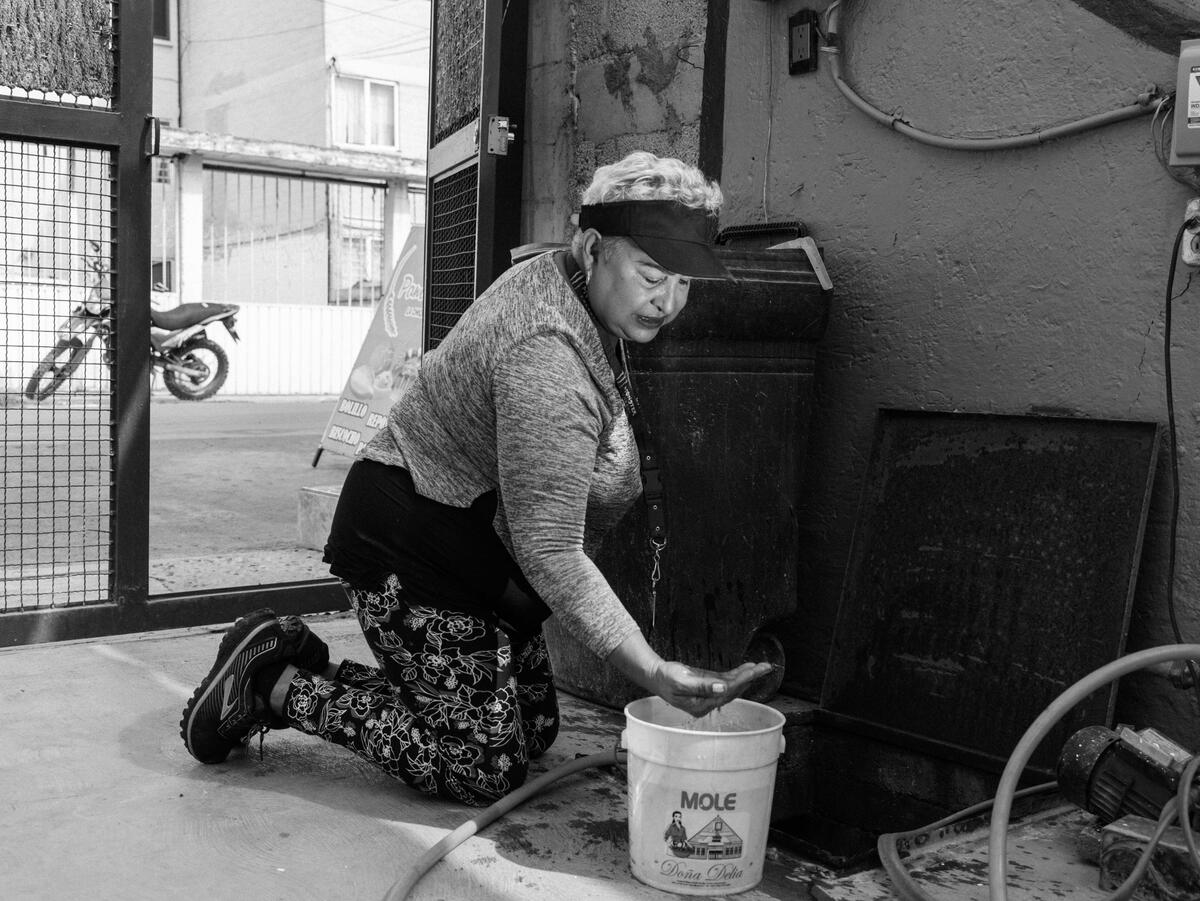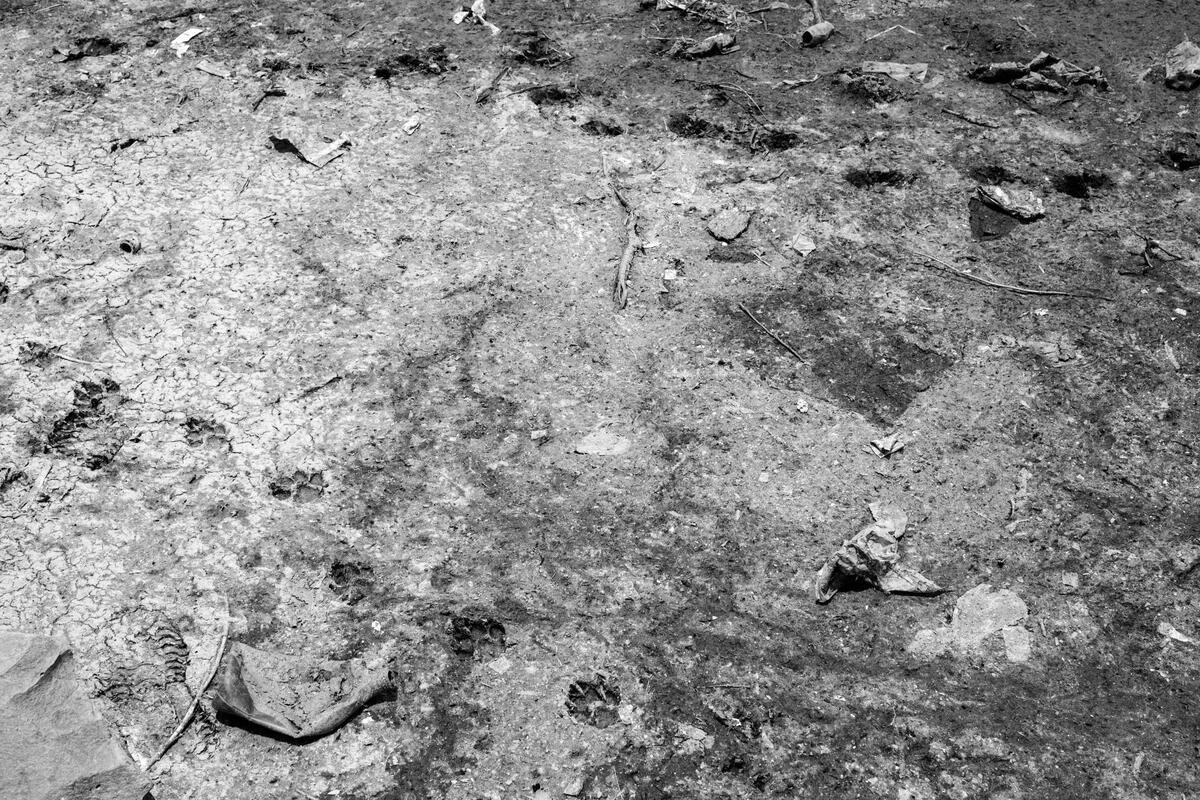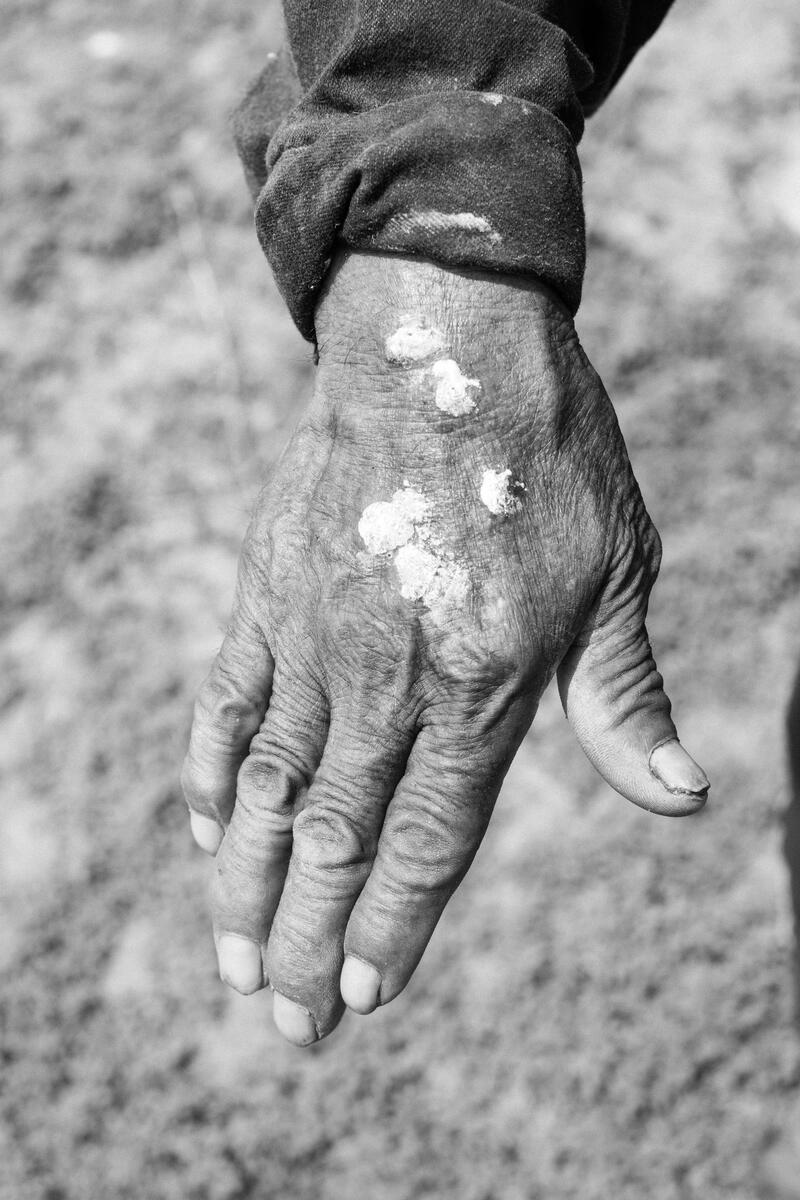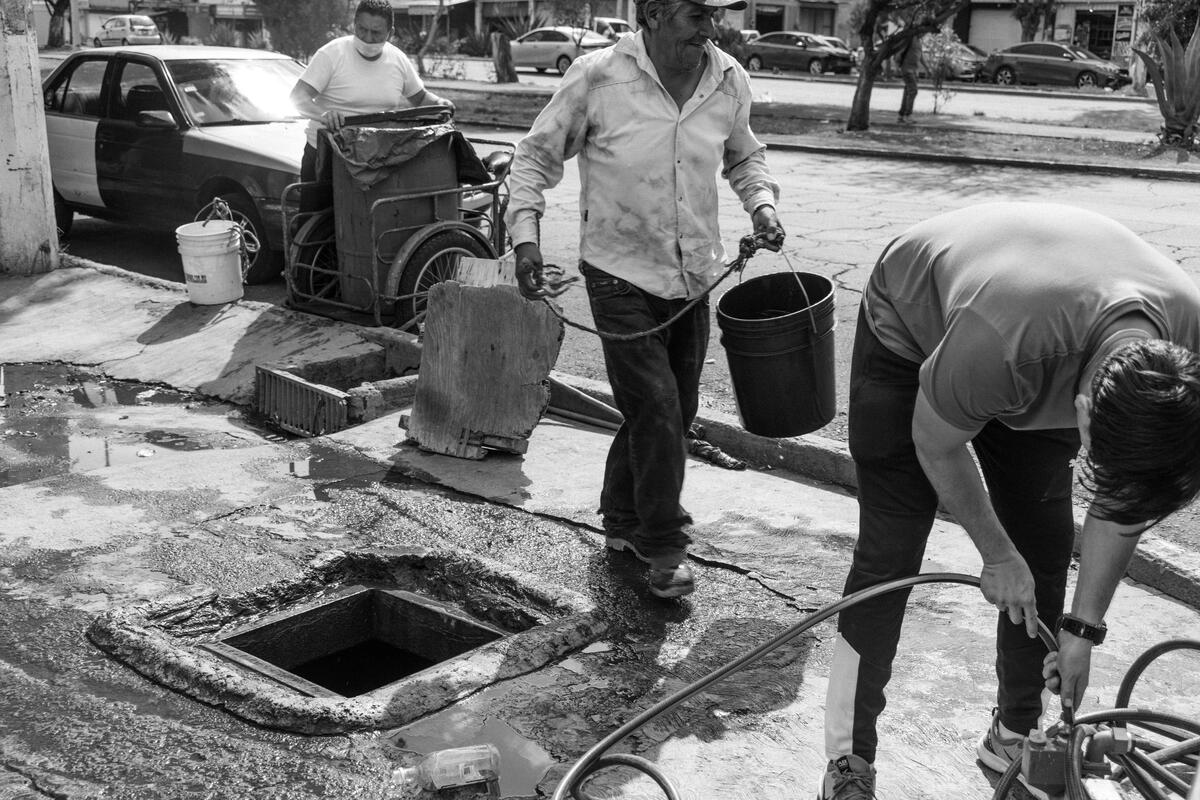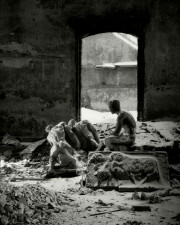Jérôme Sessini on the Water Crisis in Mexico
The photographer, who has been documenting Mexico for over two decades, shares the story of the country's water crisis and his experience photographing in the neighborhoods of Mexico City
May 2024, Naucalpan, on the outskirts of Mexico City.
I walk, focused, camera in hand, when a man suddenly emerges from a white Nissan Tsuru. I can sense his hostile gaze behind fake Gucci glasses: “Why are you taking pictures, asshole? Who gave you permission?” The midday sun bleaches the asphalt and the rows of dilapidated, sadly identical houses. The harsh light only intensifies the tension. On the passenger seat, two AR-15 assault rifles and a handgun lie in silent menace. I stay calm, explaining that I’m working on a report about water distribution in the neighborhood, that I’m here as a journalist, authorized by the man in charge of delivering water to the residents.
The guy, irritated by my composure and response, hurls more insults and flashes a badge. A cop? Maybe. A cartel member? Most likely. It doesn’t matter—he has the weapons, so he has the power. Around us, the once-busy street comes to a standstill, caught in a collective stupor. Passersby lower their eyes, frozen by fear. In this suspended moment, all the violence of Mexico reveals itself to me, brutally. It’s not just physical; it’s psychological, woven into every interaction, every exchanged glance. I felt this violence as never before, sensing the desperation of those who, day after day, live under the yoke of arbitrariness.
Behind the violence lies another battle, more insidious: the battle for water. Mexico, in 2024, is on the brink of water exhaustion. A crisis with multiple roots — unchecked population growth, rampant pollution of aquifers, endless droughts caused by a derailing climate, and water management that swings between incompetence and corruption. This explosive mix threatens to add a new element to the decades-long chaos of narco-trafficking, one that endangers the country’s public health.
"Mexico, in 2024, is on the brink of water exhaustion."
- Jérôme Sessini
Mexico City is literally sinking under its own weight. The aquifers, depleted by decades of overexploitation, can no longer support the sprawling metropolis, which is steadily subsiding. To the south of the capital, the floating gardens of Xochimilco are the last remnants of a time when water was the lifeblood of the Aztec Empire, bringing life and prosperity. To grasp the severity of the crisis, one only needs to visit Valle de Bravo, where Lake Cutzamala, the main reservoir supplying 30% of the capital’s drinking water, is now a shadow of its former self. Its once plentiful waters have receded, leaving behind dry shores and a barren landscape—a stark testament to the dwindling water resources.
"I come here every two days to get water for my family for showers and washing dishes, but this water isn’t clean, and my wife got a skin disease."
- Luis, Ecatepec resident
In the working-class neighborhoods of Iztapalapa, Ecatepec, and Nezahualcóyotl the scarcity is most acutely felt on a social level. Access to water is a privilege, not a right. For Norma, 65, a resident of Ecatepec, on good days, a trickle of foul-smelling liquid comes out of the taps. For daily needs, like washing and laundry, Norma must draw water directly from a drainage opening in her courtyard. For drinking water, like most residents, she relies on more or less “official” deliveries by tanker trucks. What stands out the most are the lines of people with buckets or basins waiting at points where they can draw water from public pipes.
With his head plunged into a drain up to his shoulders, Luis pulls up a 10-liter plastic bucket at the end of a string: “I come here every two days to get water for my family for showers and washing dishes, but this water isn’t clean, and my wife got a skin disease.” People also fear that these water points will fall under the control of organized crime, which would then sell the water at steep prices.
“Here, every drop of water becomes precious, every liter recovered, a fleeting victory against the shortage.”
Read more at The Last Drops of Mexico City, published by LongLead and Capturing crisis: Mexico’s water woes through Jérôme Sessini’s lens by Canon.


